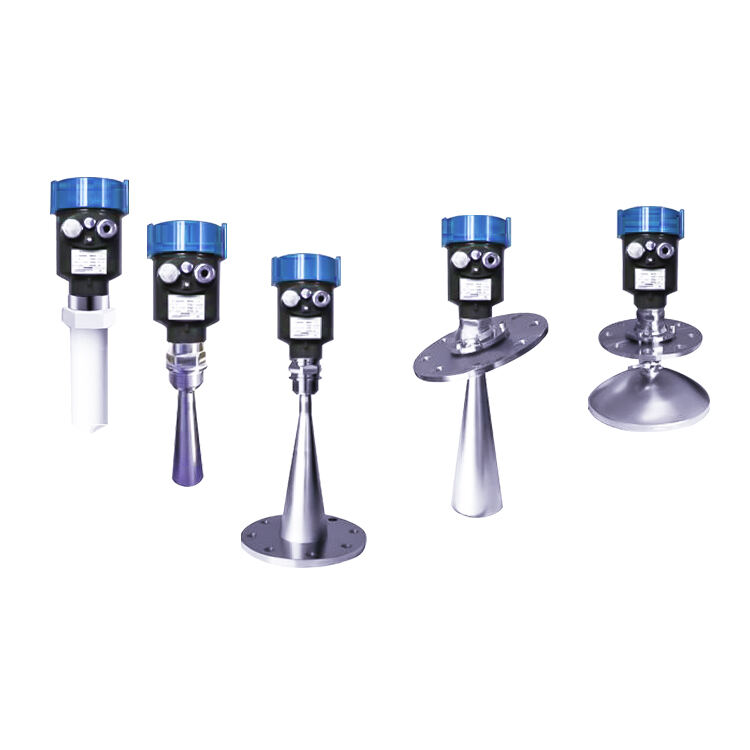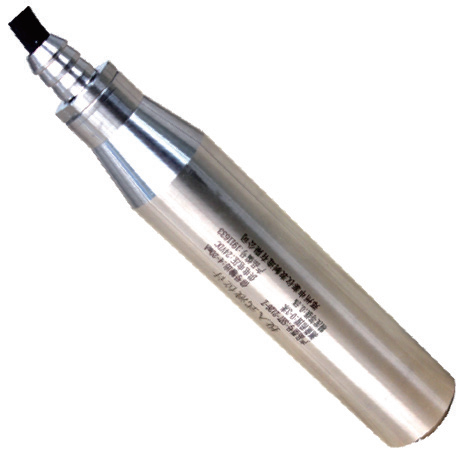A granular solid is a collection of particles, such as snow, sand, rice, or coal. Although the form of granular solids is easy to explain, their behavior is complex and different from liquids and gases. Accurately measuring the amount of solids in tanks or silos is crucial for product management and warehouse management control and transfer.
Sensor type
Like liquid level measurement, solid material level measurement equipment is also divided into two categories: non-contact and contact. In these categories, equipment can be further subdivided into point level and continuous level monitoring. This article introduces the principles behind these devices and some applications.
Solid level measurement is not as clean and precise as liquid level measurement. The weight characteristics of liquids can be converted into liquid level weight using a static pressure device; Solids can undergo significant changes within the same batch. Liquids also have self leveling properties and can provide a uniform surface for measuring devices without mixing or other interference. This is one of the challenges faced by solid material level measurement.

Solids can generally only provide uneven surfaces to measuring devices and are unevenly loaded or settled in the containers in which they are stored. Finding a horizontal surface to reflect signals poses a certain challenge for solid materials.
Non contact equipment used for solid state measurement, similar to non-contact equipment used for liquid level measurement, is the most common equipment, including ultrasound, radar, and laser. Ultrasonic devices have the advantage of low cost, and we have a very clear understanding of their behavior patterns. Unfortunately, sometimes it can lead to misuse, resulting in inconsistent results. The same goes for radar equipment.
Solids are generally difficult to settle into a uniform and horizontal surface. A more common scenario is that solids are transported to a water tank or silo through a conveyor, which pours the solids into a position, forming a cone determined by the solid's "angle of rest". When the angle is exceeded, there is mass settlement or detachment. If the non-contact device is monitoring the top of the cone, this detachment will cause a sudden change in the material level. Usually, when the equipment is arranged near the delivery area, it is difficult to measure the actual material level, and any detachment will cause a sudden change in the material level again.
The Difficulties of Solid State Measurement
The problem is the reflection of tilted surfaces. Ultrasonic, guided wave radar (GWR), and laser devices rely on signal reflection on the surface of the tested material. The liquid surface is uniform and provides a good reflective surface for signal reflection. The consistency, particle size, and of course, the angle of repose of solids vary. The angle of repose is the angle at which a solid naturally settles when transported at a uniform and consistent flow rate. Each solid has a unique angle of rest. This can be used in the application of measuring material points.
A non-contact measuring device sensor can be installed at an angle of rest to determine when the solid cone reaches the control point, such as a high level alarm. Continuous level measurement is not easy. The lack of a uniform surface will prevent coherent reflection from returning to the transmitter, and the varying particle size will produce scattering effects, both of which can lead to unreliable signals. Laser is a more reliable device for measuring material points and is more accurate in determining the presence of solids at control points.

If it is impractical to install the laser on the device container, it can be installed on the shoulder of the device. For example, in the application of loading sludge onto trucks, it is impractical to install liquid level monitoring devices on trucks due to material handling and conveying equipment.
Dust, solid expansion, and uneven loads in containers can all affect non-contact equipment. Please remember that dust can burn. Before implementing safety procedures, coal dust and grain silo explosions often occurred. This feature must be considered when designing the system. In addition to fuel, oxygen, and ignition required for fuel combustion, dust needs to be dispersed and confined in closed containers in order to become combustible. Dispersion may interfere with the operation of non-contact material level equipment.
Appropriate equipment casings should be designed in the system to provide appropriate protection. When a solid "clumps" and separates from the rest of the filling material in the silo to form a separate object, solid expansion occurs, such as the solid piled up on one side of the silo. This may result in the inability to come into contact with the level or the level not being able to come into contact with the material. A common remedial measure is to use vibration or air to "fluidize" the solid to ensure uniform distribution. Due to various reasons, uneven loading may occur. In some cases, the experience of system design and operation personnel, combined with mechanical agitation, can help alleviate this problem.
The contact measurement device used for this application is unique to solid-state measurement. These devices depend on direct contact or weight with the material. The size, density, moisture content, and weight of solids vary. These features can be used to detect or infer material levels. The common point material level detection device is a vibrating spring or tuning fork type sensor. Another common measurement method is to use weight and cable systems. The device is mechanical and includes a sliding line sensor that can follow the mechanical mechanism to move downwards to the ground. Strain gauges are used to modify existing containers or silos to indicate the solid load inside the container.
Copyright © Weibao Information Technology (Shanghai) Co,Ltd. All Rights Reserved